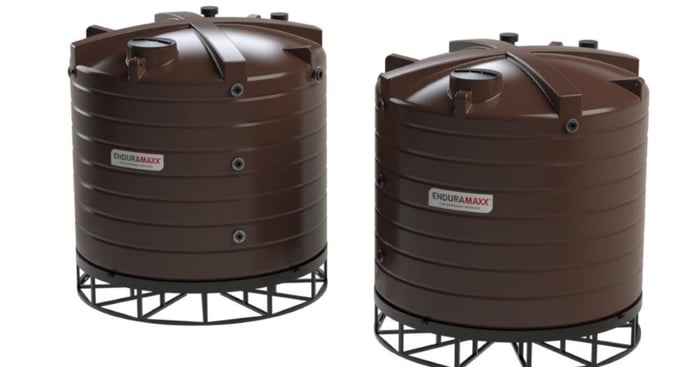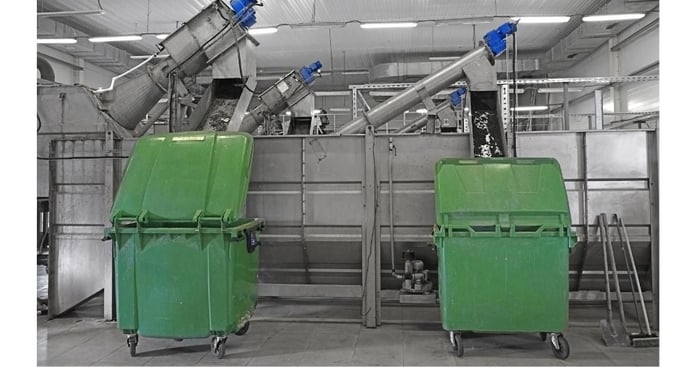Sludge wastewater treatment refers to the solids after separation from a liquid. It usually has a proportion of water remaining, making it a slushy rather than a solid mass, although dewatering can reduce the amount of water. Here we look at how it is treated. It is a constituent of wastewater from industry, sewage, and other effluents. Industrial wastewater can come from biological processes or non-biological treatment processes.
What Is Sludge Treatment From Food Processing?
Untreated water from the food industry contains a high level of contaminants, organic and inorganic materials that must be removed. These could have serious effects on the environment, and food manufacturers must obtain permission to discharge waste effluent. The high protein content means that after their removal they can be reused as animal feed for example.

Sludge Thickening vs Dewatering
Sludge thickening refers to the process of reducing the free water content of sludges. Dewatering is the reduction of the floc-bound water content of sludges.
What Methods Are Used For Sludge Wastewater Treatment?
The first step is thickening and part of the primary treatment stage of water treatment where the solid and liquid parts of the sludge are separated.
The wastewater which starts as suspended particles suspended in water is thickened by adding chemicals to coagulate the smallest particles and then they are turned into flocs – which are larger clumps of solid sludge which sink to the bottom of the tank.
More details on flocculation mixer tanks and chemical tanks for stringing chemical is available online.
What Is Dewatering In Sludge Treatment?
The dewatering process is part of the secondary treatment stage of water treatment. After thickening, the sludge is dewatered where the content of the water is reduced and gives a drier waste product resulting in a much-reduced volume.
4 Most Common Ways To Dewater Sludge In Wastewater?
There are various mechanical and electrical options available for dewatering wastes. The four most common are belt filters, a frame filter press, centrifuge and settling tanks.
-
Belt filter press
This is suitable where the solids weigh 18-25% of the filter cake – high-volume effluent such as in municipal wastewater treatments.
-
Frame Filter Press
Two plates squeeze the slurry out through a filter cloth lining the tank. Cakes between 40-70% solids are produced, that are cost-effective to transport
-
Centrifuge
The high-speed rotation separates components that have different densities – and it is fast. The resulting product has 25-35% solids by weight and is useful where the recovery of oil is the main concern.
-
Sludge Settling Tanks
Sedimentation, or settling, is the simplest form of the thickening processes. Conical settlement tanks are used to hold the wastewater and let gravity settle the particles in the tank over time. In these instances, the tanks are used to concentrate the sludge within the tank at which point the clearer water is removed from higher up the tank.
The sediment in the tank is in turn drawn from the tank and dewatered through a press in which the drier product is disposed of off-site. In these wastewater treatment systems, the clarified water from the tank can be treated and this clean water can be reused in many processes.
What Is Activated Sludge?
Activated sludge is sludge that is aerated and mixed with aerobic protozoa or bacteria. This is used to stabilise the material from sewage and some industrial wastewater. Air or oxygen is pumped into the tank, the microbes feed on the organic material and form flocs.
Anaerobic digestion is a well-established technology that improves the sustainability of wastewater treatment. In a typical wastewater treatment plant, the sludge produced from primary sedimentation and the activated sludge is sent to the anaerobic digester.
Sludge will settle if you let it over time. There are tanks that allow this to happen – smooth walls, no seams, avoidance of turbulence and slowing the flow rate through the tank. As the sludge settles the water above can be removed and sent on for further treatment, and the sludge can be removed from the bottom of the tank.
How Is Thickened Sludge Disposed Of?
There are three main ways the treated sludge can be disposed of. It can be recycled for agriculture and spread over the land, it can be burnt, or it goes to landfill.

Enduramaxx Plastic Tanks
Enduramaxx manufacture tanks are suitable for all stages of sludge wastewater treatment. They are made from rotationally moulded plastic, so the surface is smooth and there are no joints. We can offer pipework and customised flanges to enable these tanks to fit in with your wastewater treatment plant easily.
Our full range of sludge tanks is available online. Please give us a ring for further information on 01778 562810.
enduramaxx.marketing
Related Posts
What Is A Tank Bund? Why Tank Bunds Are Used
What is a bud? What is a tank bund? To answer your questions a tank bund is an area or secondary...
What is Category 5 (CAT 5) Water Supply? And what does category 5 mean?
What is Category 5 (CAT 5) Water Supply? And what does category 5 mean? Fluid category 5 (CAT 5) is...
Why Do We Treat Textile & Commercial Laundry Wastewater?
Why do we treat textile & commercial laundry wastewater? Can it be reused? In this era of...


